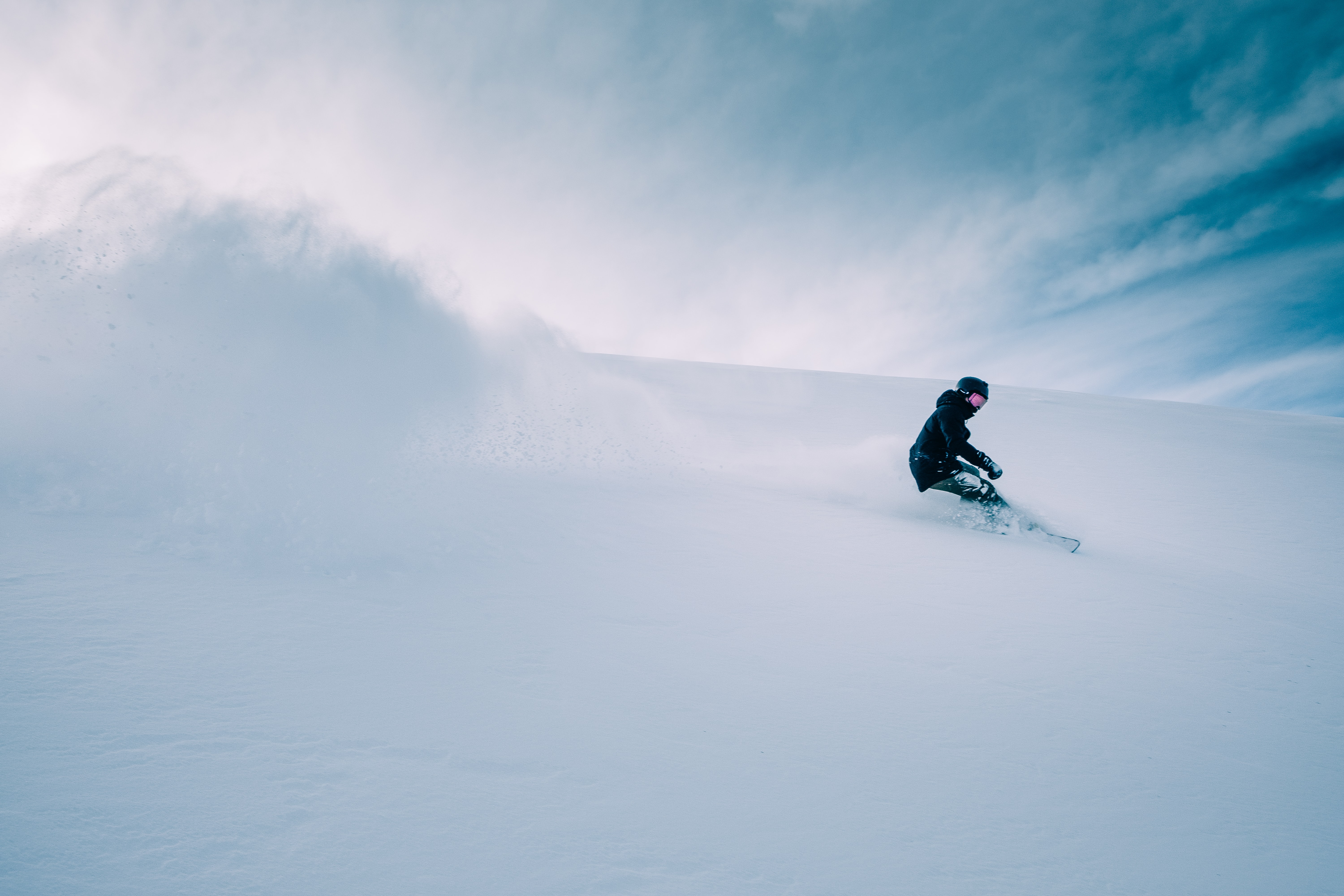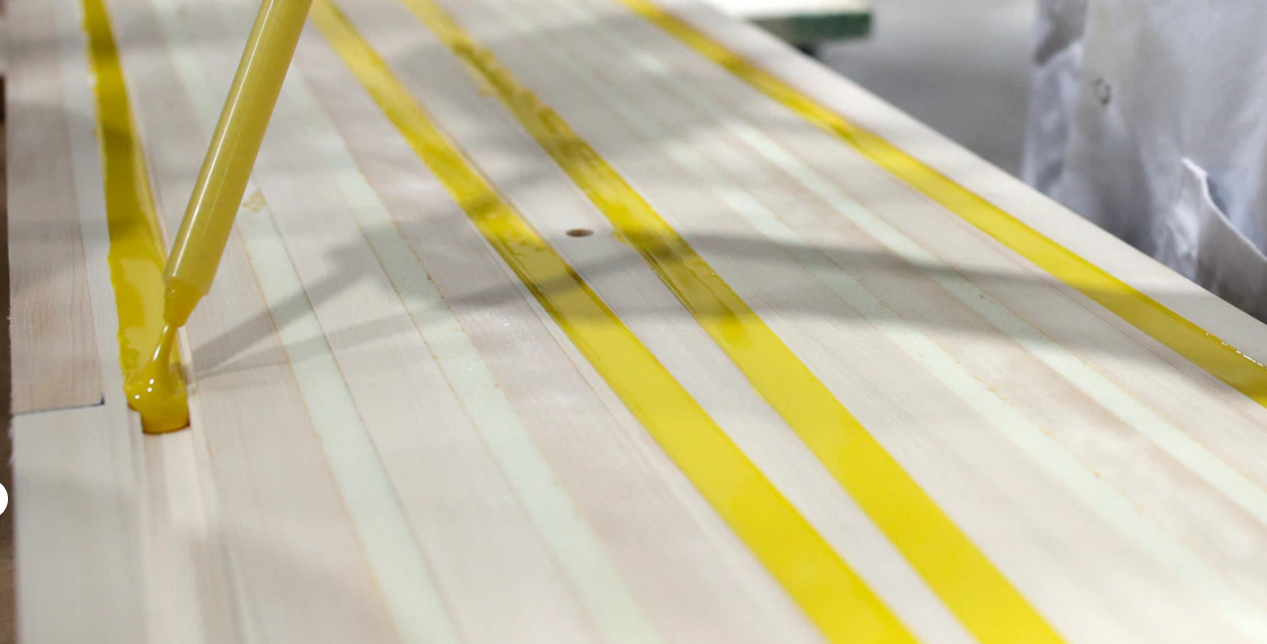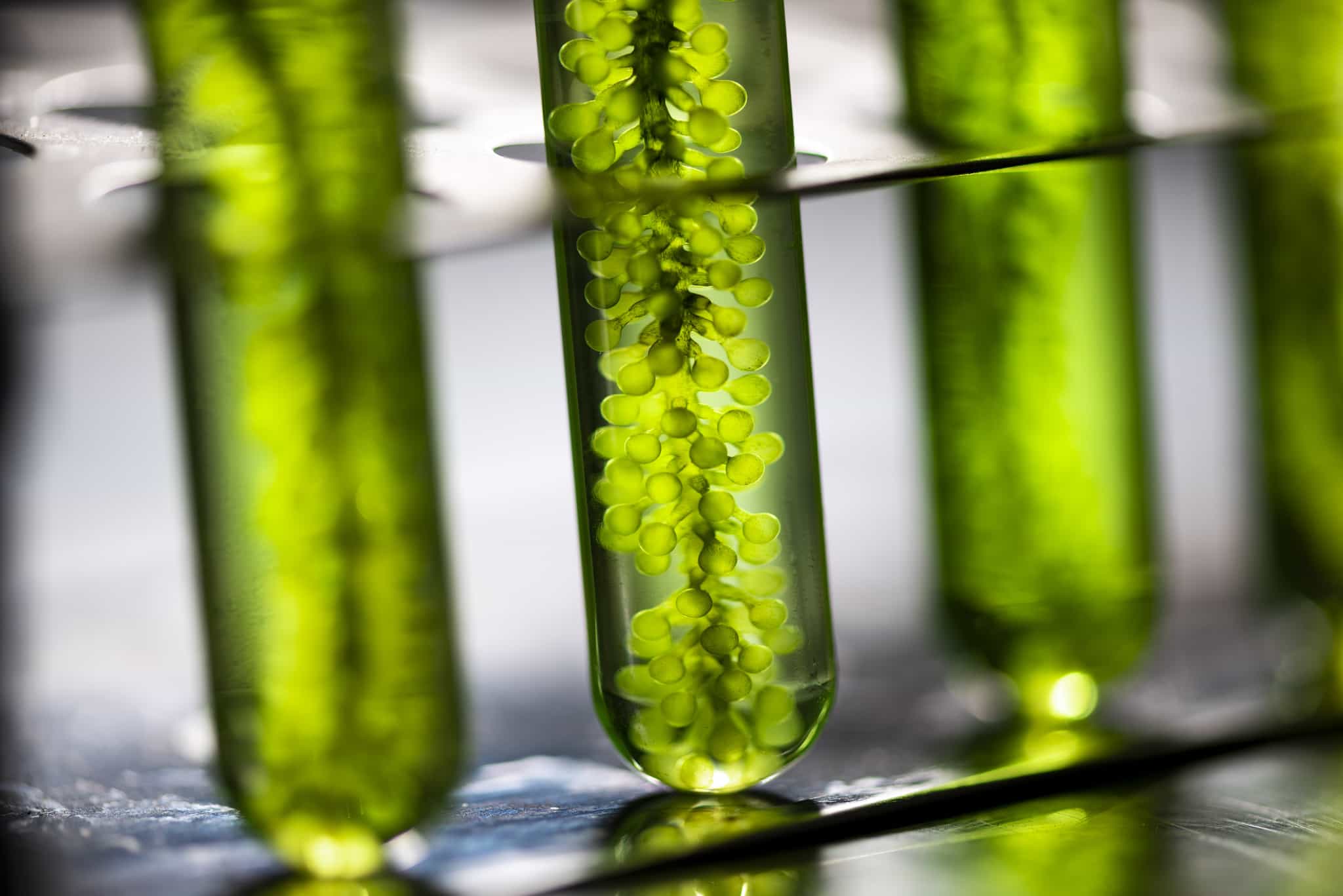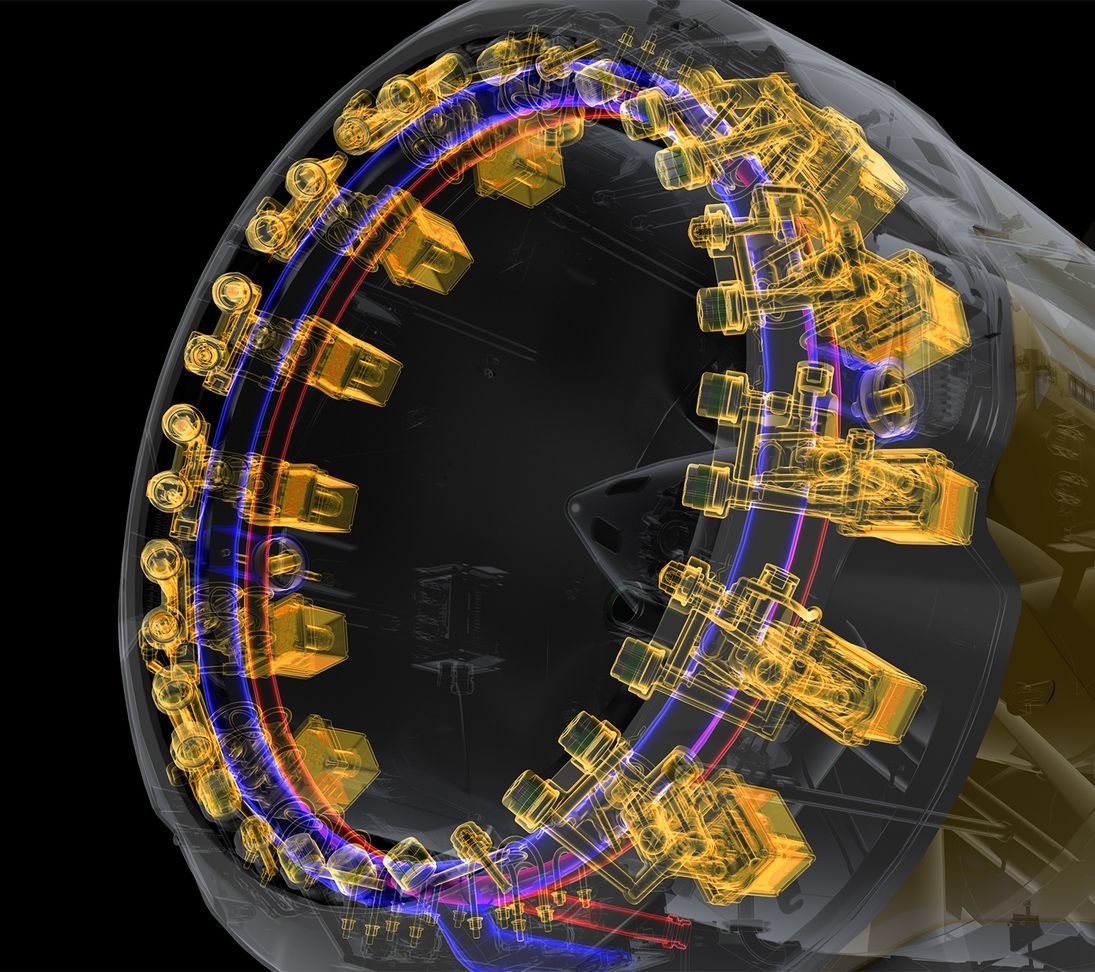
The ski industry is closely linked to climate change, being at the same time the victim and culprit when it comes to environmental issues.
Victim because the rising temperatures and the consequent lack of snow means severe damage to ski areas.
In recent weeks, we have seen a dramatic lack of natural snow in the Beijing Winter Olympics. And it could get even worse: it's estimated that with current heating rates, only one of the 21 locations that have hosted the Winter Olympics so far (Sapporo, Japan) would be able to do so again by 2080.
The ski industry has responded with a traditional approach, including deforesting, clearing land, shooting snow, or transporting snow by helicopter.
In other words, the industry has pretty much handled its problems, often with solutions that involve a high impact on local ecosystems, increased energy use, and increased emissions into the atmosphere.
However, this vicious circle will only become even worse unless there is a shift towards more innovative methods – for example, using technologies with low environmental impact, eco-sustainable materials, and renewable energy sources.
Or better, radically rethink the ski resort concept, offering tourists alternatives more respectful of the environment and local cultures.

Here are some examples of the efforts that give insights into what future awaits winter holidays.
Rethinking ski resorts
Rethinking is one of the sustainable goals for the 2030 schedule. But what does it mean to rethink when applied to the ski industry?
The EU has financed the Smart Altitude project with approximately € 1,8 Mln, aimed at addressing the climate changes in the Alpine ski areas with innovative and intelligent tools.
The SmartAltitude Toolkit comprises six tools to structure a standardized decision-making process for implementing low carbon measures. It includes not only technological measures but also business-model changing initiatives. For example, it links together ski areas by combining resorts at different altitudes, diversifying the tourist offer with new natural, cultural, wellness, eno-gastronomic proposals, and investing more in experiential tourism.
Encouraging experiential activities means climate-friendly alternatives that allow greater integration into the surrounding environment. In the future, for example, we may choose other sports over downhill skiing, such as hiking, snowshoeing, or cross-country skiing.

However, one of the critical ideas of the ecological transition is to prefer sustainable interventions that favor, at the same time, traditional activities. Therefore, especially to allow Alpine skiing to survive, heavy R&D investments are needed in materials and ski plants.
Innovative solutions for skiing
Skis were made from natural materials such as wood, which are a long way off. Research for high performance has currently focused on a complex assembly of composite materials, including fiberglass, Kevlar, titanium.
However, the trend in the skiing field is about to change.
The market leader company Salomon recently started a plan to reduce its carbon emissions by 30 percent and make 100 percent circular economy products by 2030.
As a test bench for this new vision, they chose the new S/MAX cross-country ski model. They are composed of an S-CORE made from 45 percent recycled plastic bottles, giving the tool a high lightness perfect for the race. Furthermore, thanks to the eSKIN technology, no wax application is necessary.
On the contrary, the Grown company distinguished itself for years by combining high performance with environmental sustainability. Their goal is to learn from nature to impact a dynamic environment and society positively.
Its traditional regenerative skis are made 70 percent with wood harvested from sustainable forests, reinforcing fibers in volcanic basalt rock and pine resin-based glue. Their latest award-winning innovation, MonViso Edition, is even more incredible, as they feature a hemp core.


WNDR Alpine society has similar ideas, declaring its desire to "Design with Intention" as the main objective, also preferring natural and organic raw materials.
Their AlgalTech Biotechnology uses algae as a biomaterial to make sustainable skis.
The algal core is made of high-density biobased plastic material, which guarantees low weight and high dumping. The body is surrounded by an algal wall made by a biobased liquid cast that forms an unbreakable bond protecting the heart once hardening. The algal wall indeed offers significant impact resistance and a dramatic reduction in chatter.


Another issue is that of ski boots, which currently consist of more than one hundred plastic parts (thermoplastic, foams, and glues). The EU is financing the Life Reskiboot with € 1.4 million in order to recycle more of the parts of used ski boots.
Moreover, in order to make the snowmaking systems more efficient, knowing exactly when and how much snow needs to be shot is another aspect.
TechnoAlpin society is one of the leading companies in snow-making technologies, which offers a package to optimize the management and planning of snowmaking consisting of mobile apps and innovative technologies.
For example, their latest TR10 snow cannon model features an innovative valve system to pursue the best snow quality along with the optimal use of water in order to turn every single drop into the snow.

A further fundamental aspect is to use energy throughout the territory skillfully. In some ski resorts, such as Kaprun (Austria) or Laax (Switzerland), some exciting initiatives are pursued to:
- obtain all the electricity needed from renewable sources, thanks to hydroelectric, geothermal, biomass plants, and solar panels
- favor electric mobility and public transport
- build zero-emission buildings
- allow waste heat sharing between buildings, companies, snow-making technologies
There is still a lot of work to be done. Still, mountain areas contain so many resources, biodiversity, and places of interest that future winter holidays could be much more exciting. The activities available are even more varied than they are today.






